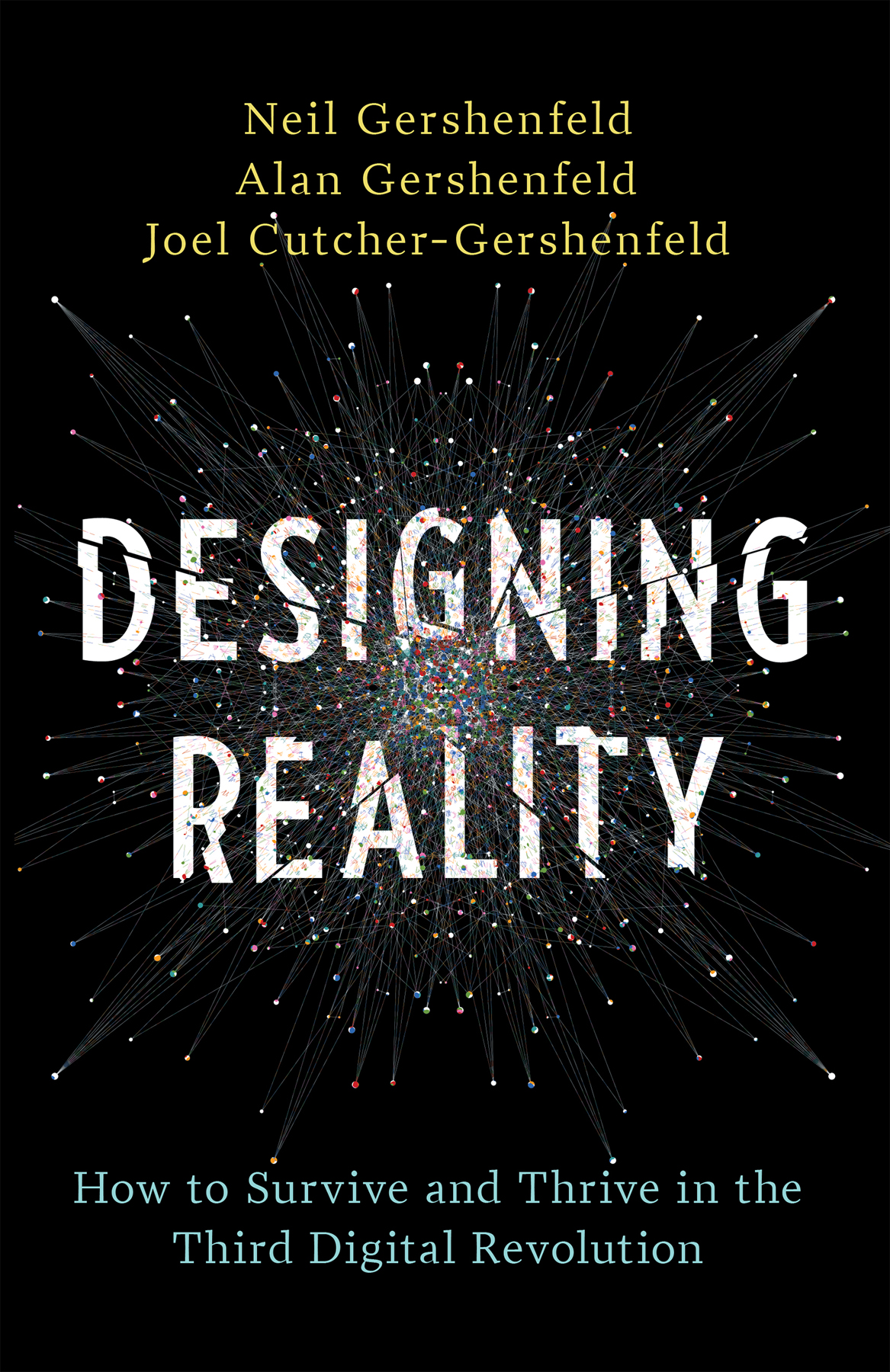Neil Gershenfeld - Designing Reality: How to Survive and Thrive in the Third Digital Revolution
Here you can read online Neil Gershenfeld - Designing Reality: How to Survive and Thrive in the Third Digital Revolution full text of the book (entire story) in english for free. Download pdf and epub, get meaning, cover and reviews about this ebook. year: 2017, publisher: Basic Books, genre: Science. Description of the work, (preface) as well as reviews are available. Best literature library LitArk.com created for fans of good reading and offers a wide selection of genres:
Romance novel
Science fiction
Adventure
Detective
Science
History
Home and family
Prose
Art
Politics
Computer
Non-fiction
Religion
Business
Children
Humor
Choose a favorite category and find really read worthwhile books. Enjoy immersion in the world of imagination, feel the emotions of the characters or learn something new for yourself, make an fascinating discovery.

- Book:Designing Reality: How to Survive and Thrive in the Third Digital Revolution
- Author:
- Publisher:Basic Books
- Genre:
- Year:2017
- Rating:3 / 5
- Favourites:Add to favourites
- Your mark:
Designing Reality: How to Survive and Thrive in the Third Digital Revolution: summary, description and annotation
We offer to read an annotation, description, summary or preface (depends on what the author of the book "Designing Reality: How to Survive and Thrive in the Third Digital Revolution" wrote himself). If you haven't found the necessary information about the book — write in the comments, we will try to find it.
Two digital revolutions--computing and communication--have radically transformed our economy and lives. A third digital revolution is here: fabrication. Todays 3D printers are only the start of a trend, accelerating exponentially, to turn data into objects: Neil Gershenfeld and his collaborators ultimately aim to create a universal replicator straight out of Star Trek. While digital fabrication promises us self-sufficient cities and the ability to make (almost) anything, it could also lead to massive inequality. The first two digital revolutions caught most of the world flat-footed, thanks to Designing Reality that wont be true this time.
Neil Gershenfeld: author's other books
Who wrote Designing Reality: How to Survive and Thrive in the Third Digital Revolution? Find out the surname, the name of the author of the book and a list of all author's works by series.








